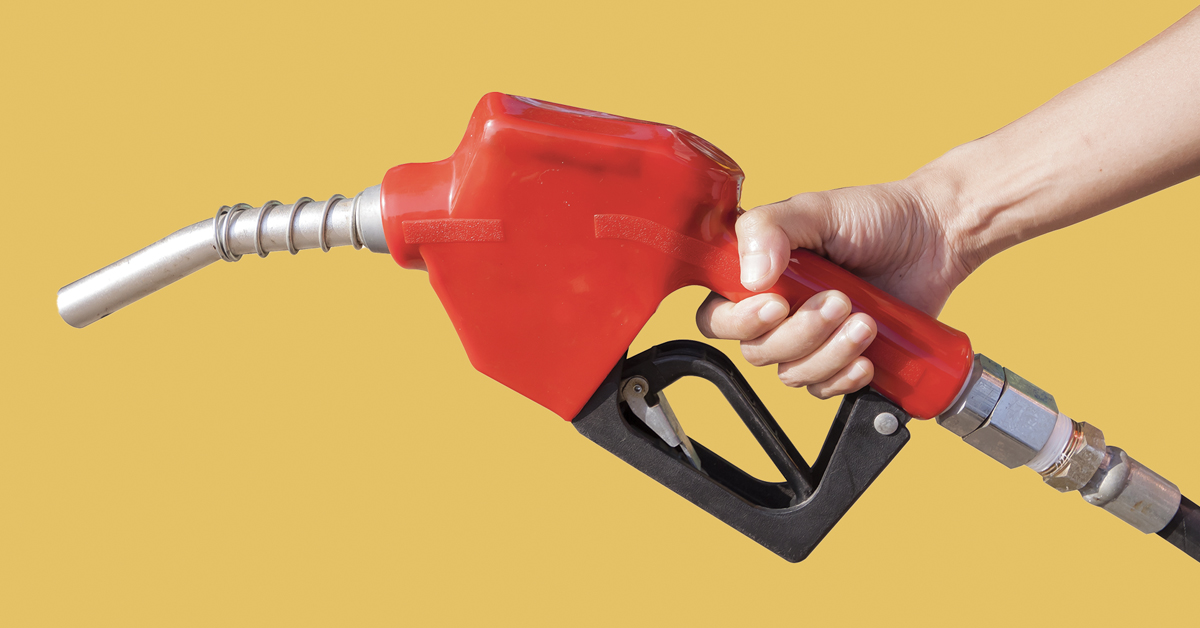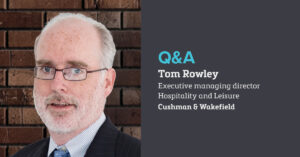When I was growing up in eastern Washington in the 1960s, my father would get a free steak knife every time he filled up the family’s Chevrolet Caprice at his favorite gas station. In those days, the price of gas rarely moved much up or down from about 30 cents a gallon. That good old neighborhood station has gone through some changes in recent years.
Currently a center of much controversy — thanks to the extreme pain at the pump we’ve all experienced — gas stations remain lucrative commercial enterprises. But the structures of these businesses continue to morph.
Since COVID, we’ve seen historic profit margins. This has been a good time for the major chains.
— Philip Boyd, managing director, The Energy Exchange
There are fewer traditional stand-alone gas stations today. Instead, sophisticated chains of stations continue to expand and are being combined with just about every consumer good or service you can imagine. Today’s gas stations also are grocery stores, restaurants, hair salons and laundromats, to name a few examples. The industry is even in the midst of a name change to the C-store industry, short for convenience stores. And the stations that offer servicing of your car are dwindling for various reasons, including the complexity of new cars and the cost of employing mechanics.
“They are trying to move away from the gas station name and make this sector a little cooler,” says Philip Boyd, managing director of The Energy Exchange, a division of real estate brokerage Coldwell Banker. “But this is an amazing time in our industry. Since COVID, we’ve seen historic profit margins. This has been a good time for the major chains.”
Before the pandemic, Boyd says that the average C-store made 12 to 15 cents off each gallon of gas. A well-managed store’s nonfuel sales had a profit margin of 22% to 28%. With the recent higher gas prices, however, Boyd estimates that margins for fuel sales are between 20 to 40 cents a gallon, depending on the location. He says that stories of companies charging low gas prices to lure customers into their convenience stores are simply not true anymore.
“Station owners always say they don’t make money off gas. Don’t believe them. They make money,” Boyd says. “The days of operators losing money on gas are over.”
All of this success has resulted in larger companies getting into the C-store business to push the bounds of size and convenience. There are the obvious players such as 7-Eleven Inc., with more than 9,000 locations, and Alimentation Couche-Tard Inc., which runs more than 7,000 Circle K and Holiday stores. There’s also Wawa Inc., a private company that began in 1803 as an iron foundry in New Jersey. Today it runs a chain of convenience stores and gas stations along the East Coast, with a focus on Florida where it has nearly 250 C-stores.
Yet another is Buc-ee’s, a Texas-based operation that proudly boasts “the world’s cleanest restrooms.” This past June, the chain opened its 50th store and first in Tennessee, a 53,400-square-foot behemoth equipped with more than 120 fueling stations. Boyd says the trend toward larger gas operations is happening across the industry.
“Some people go out of their way to visit these supercenters,” Boyd says. “They are an attraction.”
Despite the gold rush in this sector, banks are often hesitant to lend on new projects. Boyd says bankers typically prefer established retailers working with refurbished operations because there is less risk. For new operators trying to get into the business, he says the U.S. Small Business Administration may be their only option.
“This is a very competitive field right now, and new operators have to deal with a major learning curve on everything from gas to inventory to creating a competitive store,” Boyd says.
The industry still has room for the smaller operators, but they must be creative to stand out. Harold Jaynes, owner and president of PetroMAC (a financing source for gas stations, restaurants and hotels) tells his clients to be bold, not boring.
“If they have a boring store, I’ll tell them that,” Jaynes says. “Listen, this is a tough business. If you own a gas station, you’ve got to make it unique.”
Jaynes likes themed C-stores that have a vision. For instance, he points to Pops 66 Soda Ranch in Arcadia, Oklahoma, which has become a landmark. The C-store sells soda from all over the world. He advised one client with a C-store located near an airport runway to make the property resemble an airport terminal, complete with booths made of parts from a decommissioned 757, employees wearing airport uniforms and a mini control tower with a windsock. So far, he hasn’t gotten approval from the Federal Aviation Administration.
“You have to be creative,” Jaynes says. “You have to make people want to come to your store. What are you going to do to make your store stand out from the rest of them? Anyone can just go down the street to another gas station. You must give the customer some excitement.”
While Jaynes talks about making each store unique, he also says some things never change, such as the fundamentals of running a successful business. “You still have to do the little things,” Jaynes says. “You still have to watch your pennies, keep your stores well stocked, keep the bathrooms clean and watch for theft.” ●







